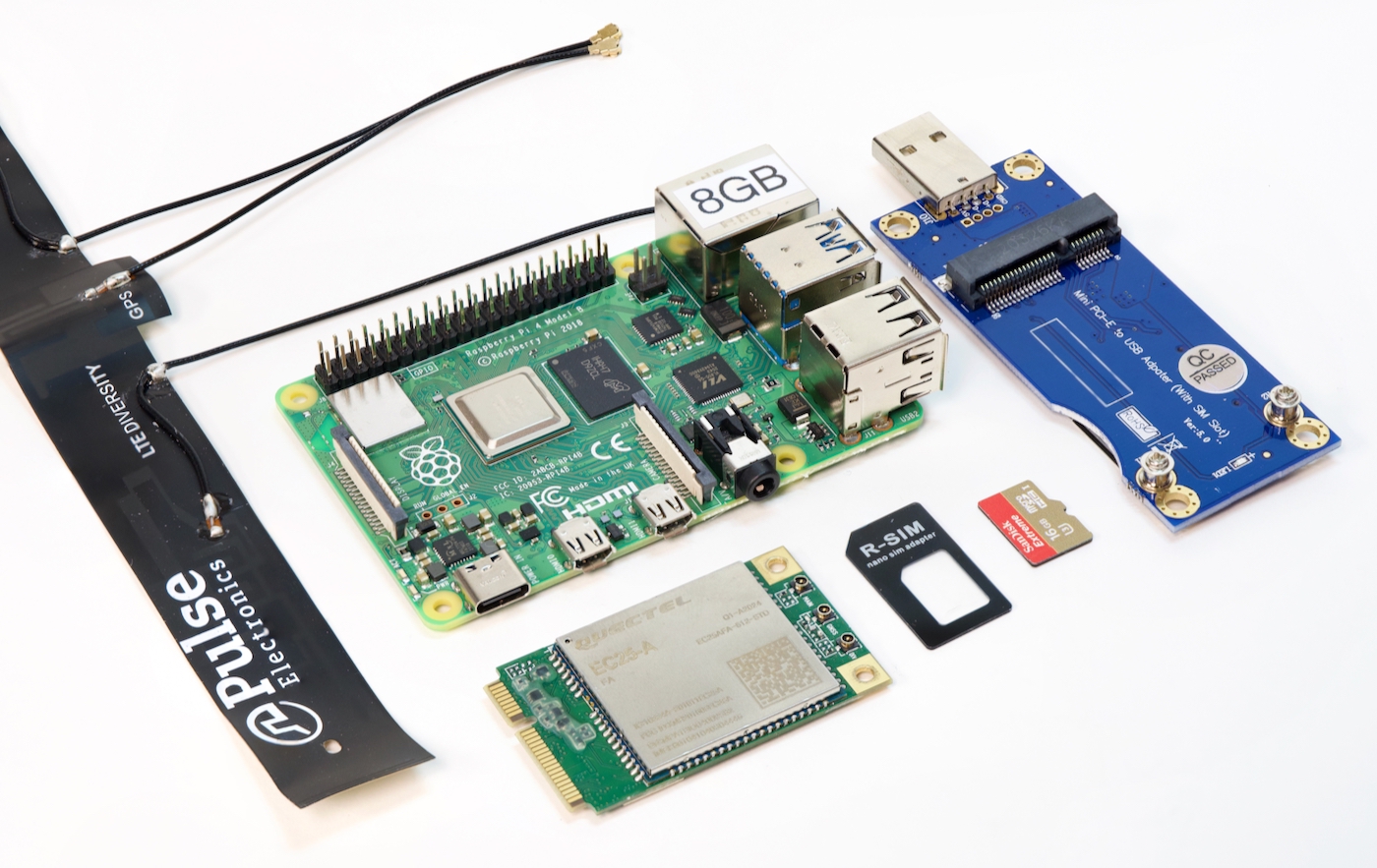Where is Qualcomm's Snapdragon X Elite Dev Kit?
I signed up to buy a Qualcomm Snapdragon X Dev Kit the second I found out about it. It's supposed to be the Mac mini killer for Windows.

They even promoted it with this amazing-looking transparent shell, and I and hundreds of other devs were ready to pony up the $899 Qualcomm was asking.
Their pre-order form said it would be out June 18. Almost exactly one month later, I got an email saying it was available. Great!
So I went to the purchase page on Arrow... and it showed as out of stock. That was about 15 minutes after receiving the email.
There were three possibilities:
